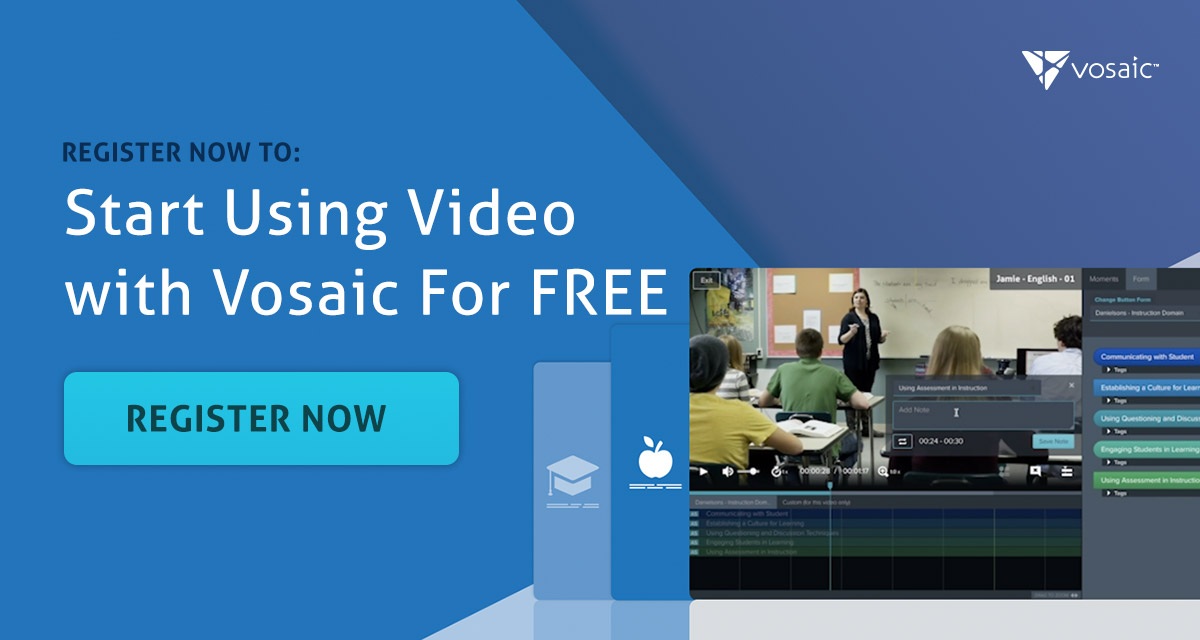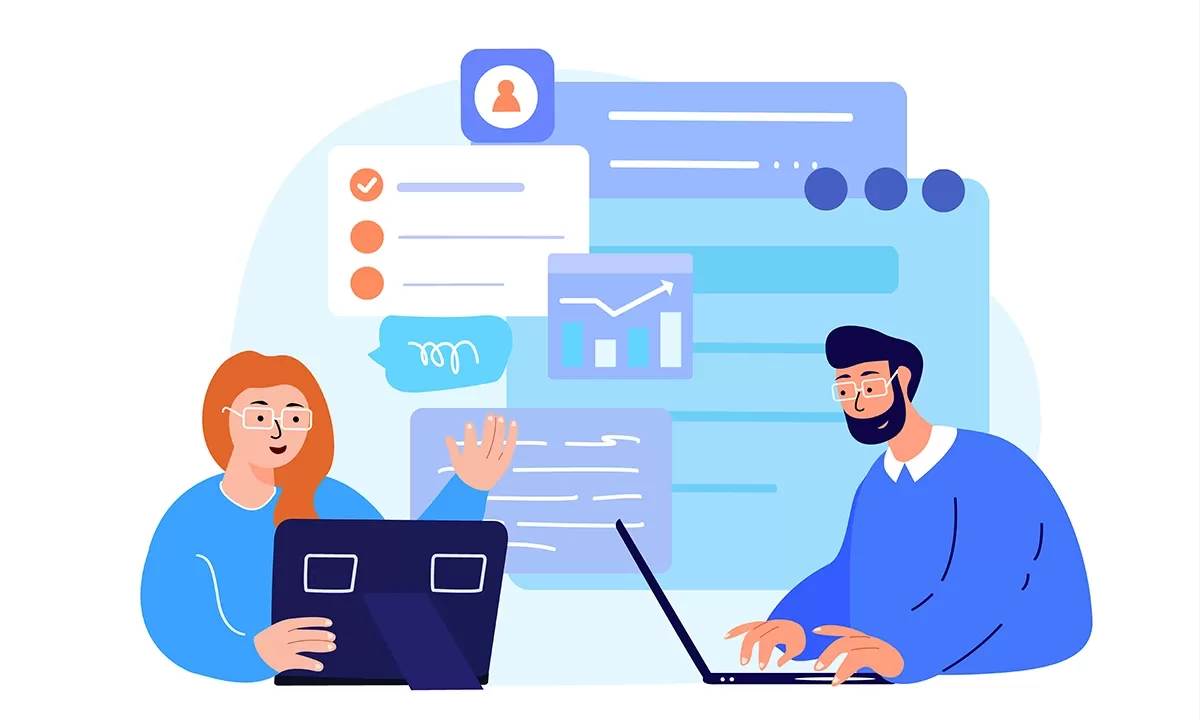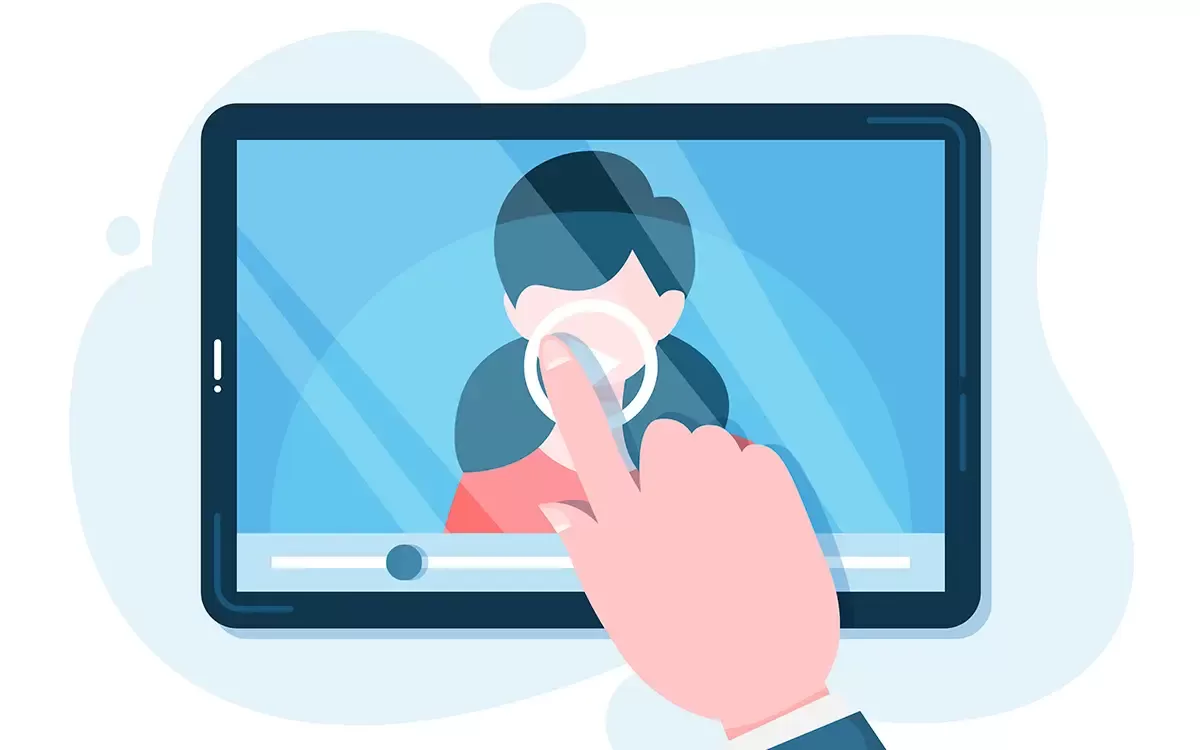Tech in the classroom can mean so many different things - it’s challenging to keep up. Some professionals are interested in education tech pertaining to hybrid learning, while others correlate tech in the classroom with student engagement or even safety considerations like monitoring and building security.
Those things are all undoubtedly important aspects of technology in education. However, we can’t allow new technologies like programs, devices, and applications to be the source of all our learning initiatives. The source from which quality learning begins is the teacher.
Teachers can’t control students’ environments outside of school, but they can impact student motivation, engagement, knowledge retention, and even social-emotional stability - improving learning outcomes and increasing students’ earning potential through the course of their lives.
That doesn’t mean schools should throw new tech out the window and blindly schedule a dozen more in-service days for teachers. Scores of non-specific advice and new teaching methods each week are not only not helping - they’re a huge waste of time.
Instead, ask yourself this question: when was the last time your school considered implementing technology that’s sole purpose was supporting teacher growth? In a data-driven era, science-backed education tech for teacher learning is essential; adding to job satisfaction, reducing turnover, and improving student learning outcomes.
Stay on Top of Important Discoveries
We read case studies and academic journals so you don’t have to. Sign up and we’ll send you the key takeaways.
Remember R.O.A.D. for Success in Teacher Learning
The journey to improving teacher skills depends a lot on the road a person takes, and the technology you choose to drive teacher growth makes all the difference. Video-based feedback and analysis supports teachers on the road to success. We’ve created this acronym to help you break it down.
R - Record
Traditional teacher observations leave something to be desired. Using only memory and paper to inform priorities for teacher growth introduces bias and ignores the intricacies of the teaching profession. Video recording is the first step down the road of skill improvement because it helps us accurately see where we currently are. When what we think happened during a specific part of a lesson gets a bit foggy, video tells the story of what actually occurred - without judgment. Video for teacher learning is the single most needle-moving initiative schools can put in place.
The recording process should be simple: don’t let it become a barrier to entry. Make sure your school finds a method that’s easy for teachers. If you’re having to purchase additional equipment, it’s probably too complex. Using a smartphone or any webcam you already have will do the trick. Also, give yourself a short time limit of 5 or 10 minutes to start. This is a manageable amount of time to analyze later without creating overwhelm.
O - Observe
“Habituation,” or the process of desensitization to the actions we perform repeatedly, shrouds professionals from their growth opportunities. We all see habituation in our daily life. Consider this example: you leave work, turn your key in the ignition, throw on the blinker to take a left out of the parking lot, and suddenly… you’re home. With no recollection of how you got there. Did you exceed the speed limit? Check your blind spots? Even notice traffic signals?
It’s the same in the classroom. Habituation can free up brain space so we can think about other essential things, like, “What’s the next lesson in this plan?” or, “I need to remember to send a note to Suzie’s parents,” but it can also be dangerous.
The good news: actions that we become desensitized to are actions we’re pretty comfortable with, which means we’re probably performing them adequately (like driving). However, when desensitization occurs, we’re also missing every opportunity to evolve (discover a new route that might get you to your destination faster or with better scenery) and respond to non-verbal student feedback (allow someone to merge in whose lane is ending).
If you don't have a Vosaic account for teacher coaching and observation, you can start with a free trial today.
Besides habituation concerns, educators are often focused on general recommendations for teaching, or whatever was taught in the most recent teachers’ seminar. They may not even be aware of what their particular strengths and weaknesses are. When teachers see their practice using video, a clear picture of what’s going great and what needs work emerges and the natural biases included in observations due to faulty memory/perception are eradicated. We can see what’s occurring in the classroom from a different vantage point, and discover what we’ve been missing in our desensitized states. For example, you don’t have to guess at what the balance of teacher/student talk-time was during a lesson, the video will show you.
Though this “clear picture” allows growth, teachers are often apprehensive to get started. It’s true - seeing oneself with clarity, flaws and all, creates some mental hurdles to get over. However, it’s also incredibly motivating to seek growth with the promise of visual improvement. Teachers can watch, rewatch, and record videos at their own pace, sharing them with peers or coaches when they’re ready.
A - Annotate
Now that you’ve got your video recorded and have begun the process of observing, your next step is to annotate. While observing videos gives you a great idea of what areas of growth are present, annotation provides a mechanism to self-reflect on those areas.
As mentioned above, watching ourselves teach is easier said than done. It's easy to get distracted by little things that often have zero impact on teaching and learning. That is why it's important to annotate videos with specific "look for's" in mind.
For example, in Vosaic you can create buttons that represent areas you'd like to focus on. Then you can press those buttons to mark moments and add comments every time those areas of focus appear in the video. Annotating videos this way helps you stay focused on your goals and makes your self-reflection easily accessible via the video timeline.

As you record more videos, make comments and establish improvement plans surrounding what you’ve learned from your annotating. Repeat this process intermittently, and measure your progress over time.
The platform you use for annotation can make-or-break the ease and effectiveness of this process. Vosaic has many capabilities to aid you in your video feedback and analysis journey.
Use customizable forms to clearly tag specific moments of interest on your video’s timeline
Tag video clips with duration, not just freeze-framed moments in time. You designate when the clip begins and ends.
Link your own text or video comment to any moment you’ve marked on the timeline. Your comments can either be for your own future reference or can be for coaches/peers to see and expand on.
Identify unique “speakers” in the classroom. Vosaic will automatically calculate what percentage of the time each speaker talked during the video.
Download complete transcripts from your uploaded video.
Record in-app or upload a video from your device.
D - Debrief
Recording, observing and annotating videos with your own self-reflection practice will get you far. Asking for feedback, however, will turn a simple practice into a deliberate practice. This is called Debrief.
With video-based debrief, teacher-coaching teams can boost progress even further. There is no disparity of opinion about what occurred during a lesson. Collaboration is more effective because everyone starts on exactly the same page! Video helps teachers and coaches focus on setting measurable goals and watch for improvement over time, using real data as their guide.
Using the right video analysis platform simplifies the process further. Teachers and coaches can collaborate in-person, or they can decide to leave comments (video comments complete with tone and facial expressions help humanize this) and work asynchronously to make growth happen.
Turns out, video for teacher coaching is the best way to see where you’re at, determine where you want to go, and discover precisely which road will take you there.
About Vosaic
Vosaic’s cloud-based video platform is used to help teachers, pre-service teachers, and professionals bridge the gap between theory and practice. Easy-to-use video recording, commenting, and sharing enables users to more effectively observe, coach, and mentor. Teachers and coaches can upload, record, and share videos for evaluations, feedback, self-reflection, and so much more.




